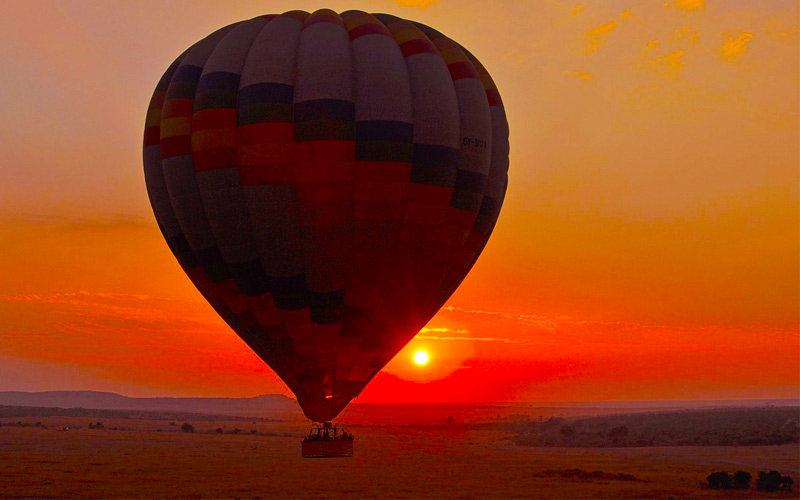Home to sweeping herds of antelope, all-conquering prides of large carnivores, elephant families that churn up the river beds, as well as a vibrant bird population – the Ruaha National Park is one of our planet’s last remaining vestiges for nature in its rawest form.
Lying deep in the southern part of central Tanzania lies the vast, untamed wilderness that is the Ruaha National Park.
The park forms part of the Iringa region and was called ‘Ruaha’ by the Kihehe people, which aptly means 'river'. The Great Ruaha River courses along the southern border of the park and is central to all life in the region, drawing people as well as wildlife to its banks.
I've been fortunate enough to visit this wildlife sanctuary twice in my lifetime. Each visit to Ruaha National Park has helped me reflect on the gravity of preserving these unique animal habitats.
In this article, I will share my best insights into what makes Ruaha so famous, the costs of Ruaha safaris, the best times to visit Ruaha, how to get to Ruaha, the best budget and luxury accommodation in and around Ruaha, and what wildlife you can expect to see in Ruaha.
Let's begin.
My Quick Takeaways:
Considering a visit to Ruaha National Park? Here’s what you need to know at a glance:
- Vast Wilderness: As Tanzania's largest national park, Ruaha spans over 20,000 square kilometres, offering unspoilt and diverse landscapes.
- Rich Biodiversity: Home to significant populations of elephants, lions, and a variety of antelope species, making it a prime destination for wildlife enthusiasts.
- Predator Haven: Renowned for its high density of predators, including large prides of lions, cheetahs, and the critically endangered African wild dogs.
- Birdwatcher's Paradise: Boasts over 570 bird species, making it a must-visit for avid birdwatchers.
- Best Time to Visit: The dry season (June to October) is ideal for game viewing, while the wet season (November to April) offers lush landscapes and excellent birdwatching opportunities.
Ready for a full breakdown? Let's check out my complete article!
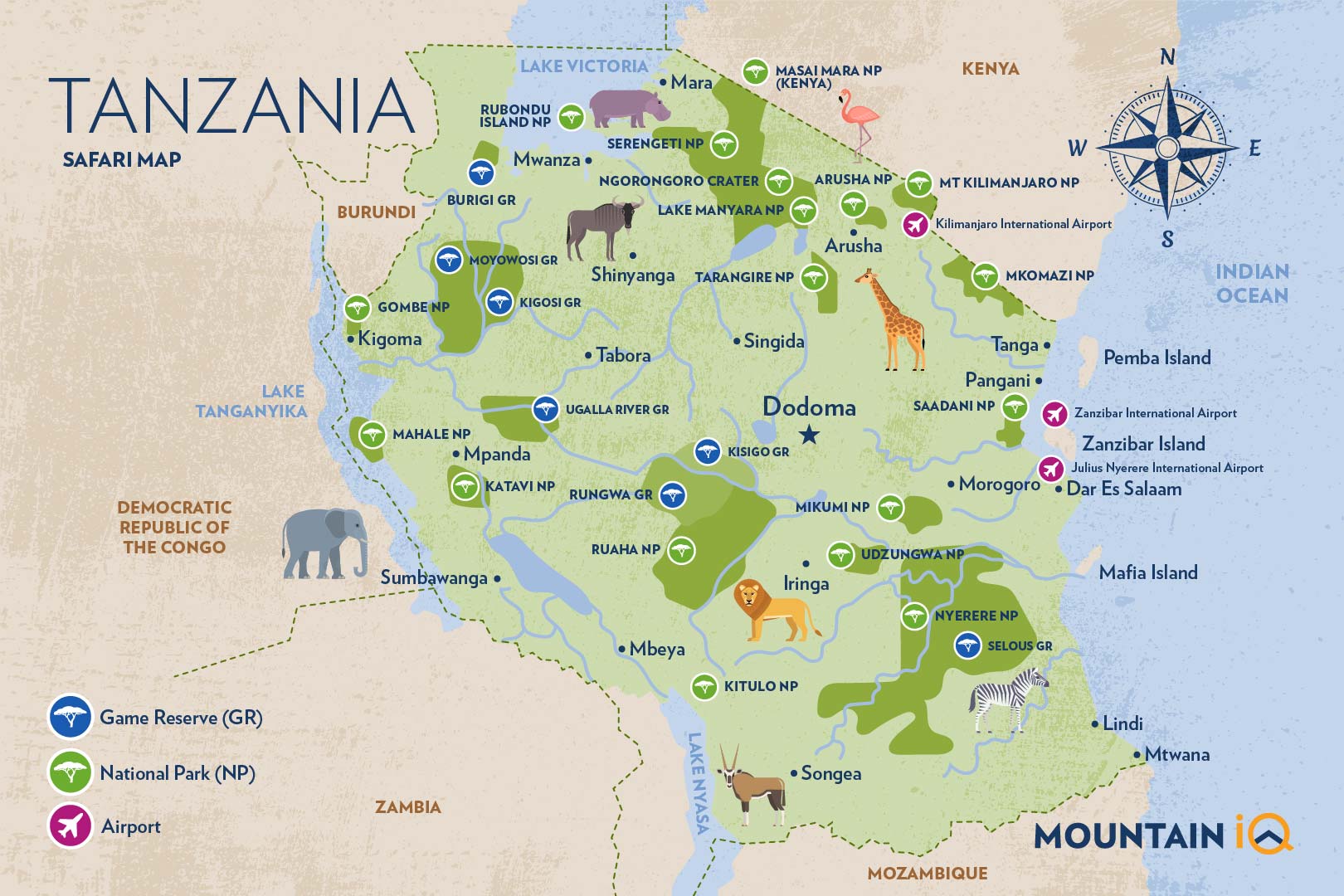
Ruaha National Park is east of the DRC and Zambian borders and 493 kilometres from Selous National Park.
Before we dive into the Ruaha National Park FAQs, it would be a good idea to first orient yourself with my dynamic map of Tanzania above.
As you'll see, Ruaha National Park is located in southern Tanzania and measures more than 20,000 km² (roughly 7,000 sq mi), making it one of the biggest wildlife havens in the country.
Now, I'll go ahead and answer your burning questions about Ruaha National Park!
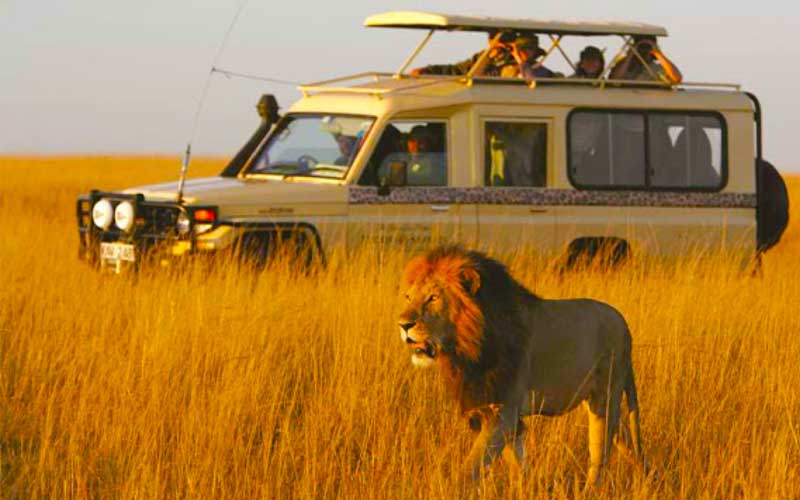
Plan your Safari experience
Check out these amazing deals on epic safari experiences now.
Ruaha National Park FAQs
Why is Ruaha National Park so famous?
Ruaha National Park is famous for two important reasons: it's the biggest wildlife conservation area in East Africa, and it boasts scores of unique wildlife species and ecosystems.
The park’s unparalleled predator sightings recently put Ruaha into the spotlight. The Big Cats of Ruaha documentary by National Geographic aired a saga of three lion families sharing hunting grounds in an idyllic oasis along the Mwagusi River known as ‘the Glade’.
Established in 1964, Ruaha is one of the newer reserves in East Africa situated in an area of the world known for its endless horizons, sprawling plains and all-encompassing wildlife arenas.
Ruaha is neighboured on the south by the largest national park in Africa, Selous Game Reserve.
Ruaha has within the last few years earned the right to call itself the largest protected area in all of Tanzania.
Having recently incorporated the Usanga Game Reserve into its borders in 2008 and several other wetland areas, Ruaha now spans an area covering an enormous 20,226 square kilometres.
Although the biggest, Ruaha is by no means the most frequented area of Tanzania and it attracts a relatively smaller number of tourists.
In doing so, the Park has maintained a glorious aura of mystery and intrigue about it as one of the untouched lands of Africa.
How much does a safari to Ruaha National Park cost?
A safari to Ruaha National Park costs anywhere from $150 per person to $1750 per person. This is for safari expenses like flights, park entrance fees, accommodation, meals, and additional activities like game drives and hot air balloon rides.
Trips to Ruaha National Park tend to be pricier due to its location in the heart of Safari Country in Southern Tanzania.
Its remoteness also means less foot traffic from other tourists in the area, which makes for a more exclusive safari experience.
Check out more info on the best safari trips in Tanzania, how much a typical safari in Tanzania costs and the best local Tanzania safari tour operators.
Which tour? Here are 3 Ruaha safari tours I highly recommend:
- Budget Ruaha Wildlife Safari (incl. Mikumi) (5 days)
- Best of Selous, Mikumi and Ruaha Safari (8 days)
- Epic Ruaha Adventure Safari (incl. Mikumi and Selous) (9 days)
See more Ruaha safari deals.
When is the best time to visit Ruaha National Park?
The best times to visit Ruaha National Park are split into two seasons - the dry season (June-October) is great for safaris while the wet season (November-April) is great for bird-watching.
The best time for safaris
Safaris are most prolific in the dry season due to the animals congregating at river edges and watering holes.
Although more popular for tourists, the park is remote enough that even in the height of the optimal game-viewing season it remains wonderfully peaceful and unspoiled by diesel engines.
Another benefit of the dry season is fewer mosquitoes and a reduced chance of catching malaria.
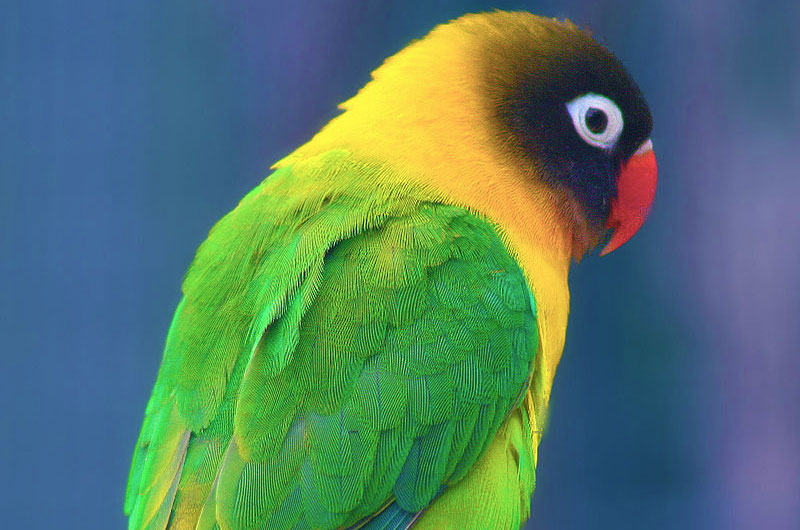
Yellow-collared lovebird
The best time for bird watching
Those visiting the park this season have the chance to witness jaw-dropping vistas encompassing crisp, exuberant grasslands.
Bird enthusiasts will be treated with the opportunity to see abundant flocks of both resident and migratory birds, including the Yellow-collared lovebird and ashy starlings.
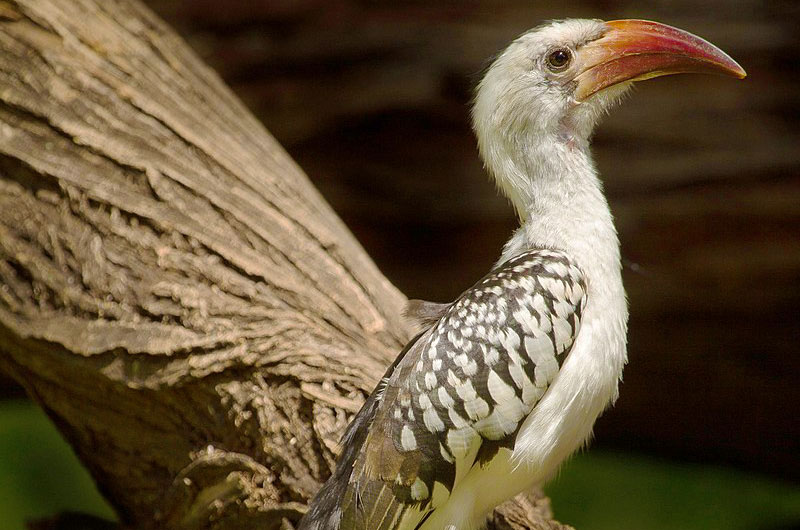
Red-billed hornbill
More recently, tourists have discovered the Tanzanian red-billed hornbill residing in Ruaha as well.
My Pro Tip: The rainy season sees many of the lodges closing their doors from March-May. For budget hunters, however, the lodges still open for business in this period offer significantly reduced rates.
Being close to the equator, the temperature fluctuates little throughout the year. In recent years the weather has become more temperamental due to climate change and can’t be as easily predicted as before.
Below is a complete breakdown of the dry and wet seasons to help you optimise your ultimate safari experience at Ruaha National Park:
Dry season (June-October)
The dry season is generally cooler, with temperatures around 27°C (81°F) in the day and 15°C (59°F) at night.
For these dryer and colder days at Ruaha National Park, I recommend you pack some warm and comfortable clothes to wear on a safari.
Wet season (November-April)
The wet season generally has more hot and humid conditions, with temperatures mostly around 28°C (82°F) in the day and 17°C (63°F) at night. It rarely rains the whole day and afternoon showers are usually expected.
The temperature peaks at the start of the rainy season during November and December and can reach a high of 38°C (100°F).
Also see more info on the best time of year to visit Tanzania.

Plan your Safari experience
Check out these amazing deals on epic safari experiences now.
What is the best way to get to Ruaha National Park?
The best way to get to Ruaha National Park is to take a direct flight from Dar Es Salaam to the park's airstrip. Coastal Aviation and Safari Airlink are the airlines to contact that offer daily flights.
There are also flights that can be booked as part of a larger northern or southern safari package.
One of the reasons for Ruaha’s exclusivity is its significant distance from any major civilization.
The nearest major town of Iringa is a 130km drive west of Ruaha National Park with over 500km separating the reserve from Tanzania’s largest city, Dar Es Salaam.
The drive from Dar Es Salaam will take about 10 hours and can be quite rough.
If you choose to drive to Ruaha, I recommended a halfway overnight stop and a combined visit to multiple southern Tanzania national parks with Mikumi National Park.
Where can you stay in or near Ruaha National Park?
There are several places where you can stay in and around Ruaha National Park. Discerning tourists have multiple options between budget and luxury accommodation.
Where to stay? Here are 3 of my favourite accommodation options in and around Ruaha:
- Mabata Makali Luxury Tented Camps (bordering Ruaha National Park and Idodi Village)
- Bwawani Village Resort (Iringa)
- Stonecape Resort (Iringa)
See more Ruaha accommodation options in Iringa.
Ruaha is known for its wide selection of lodges – classics include Kwihala Camp, Kigelia Camp, Jabali Ridge, Jabali Private House, Jongomero Camp, Ikuka Safari Camp and the newly established Asanja Ruaha.
All these options offer guests a high level of comfort and luxury set amid the rugged landscape for a variable cost.
For those looking for an immersive experience in the great wilderness area, there is Mdonya Old River Camp.
Set in acacia woodland, the camp is simplistic in style but unparalleled in its ability to make its guests feel part of their surroundings.
For superbly guided walking safari, Kichaka Expeditions and Jongomero Walking both grant travellers the chance to explore remote areas of the park on foot, providing a wilderness experience like no other.
The largest and oldest camp in the park, Ruaha River Lodge, also provides the most economical accommodation option.
Set in a beautiful location along a rocky river, the attractive lodge maintains a very natural feel with excellent service and is also the best option for those on a tighter budget.
Which tour? Here are 5 Serengeti safari tours I highly recommend:
- Group Camping Safari that includes Tarangire and Ngorongoro (4 days)
- Budget Serengeti Safari (5 days)
- Scenic Northern Tanzania Safari (7 days)
- Serengeti Trail that includes Ngorongoro (8 days)
- Best of Kenya and Tanzania (incl. 6 national parks) (12 days)
See more Serengeti safari deals.
What wildlife can I see in Ruaha National Park?
There is so much wildlife to be seen in Ruaha National Park. If you have a favourite wild animal, you'll most likely find it living in this wildlife sanctuary.
The Ecosystems of Ruaha
While the Glade has become one of the iconic images of Ruaha, the park is so vast that within it lie several vastly different biomes all tainted differently by the seasons.
From mountainous regions and skeletal baobab groves to the vast, open expanses of the plains, Ruaha will leave visitors awestruck at its varied and dramatic scenery.
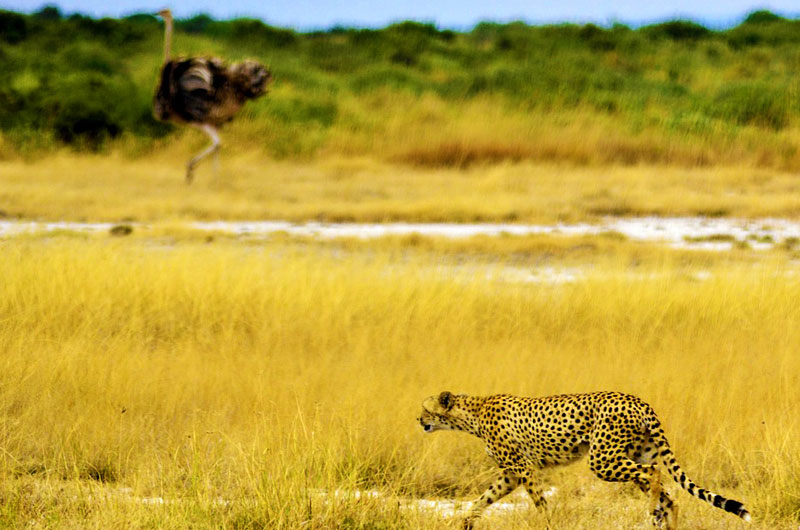
Huge Elephant Population
On the opposite end of the scale to the birds that flit through the vegetation are the parades of elephants that look to the greenery for sustenance.
The Ruaha ecosystem is one of the last few real wilderness refuges for large mammals on the planet and is home to the largest elephant population in East Africa.
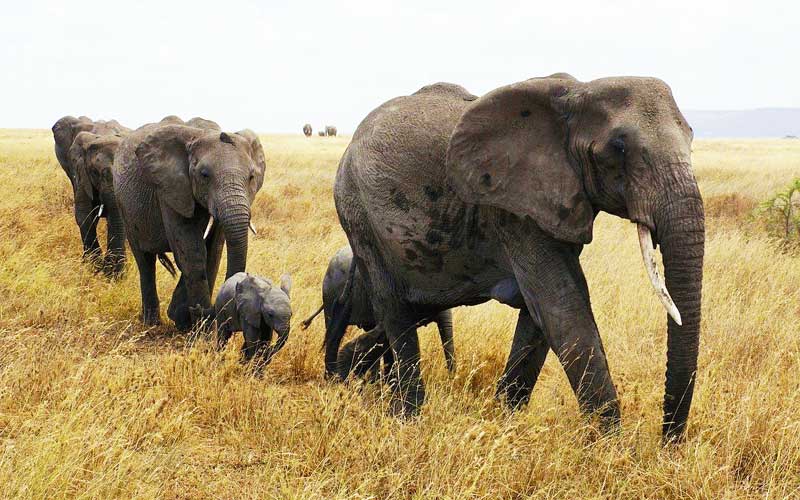
Despite heavy poaching, the elephants in the park thrive and over 12,000 migrate through the greater Ruaha area each year.
In scenes that are normally reserved for television, guests at the park have the chance to witness elephants digging for freshwater with their trunks and tusks along the desolate riverbanks during the dry season, a behaviour that has been copied by some of the park’s lions.
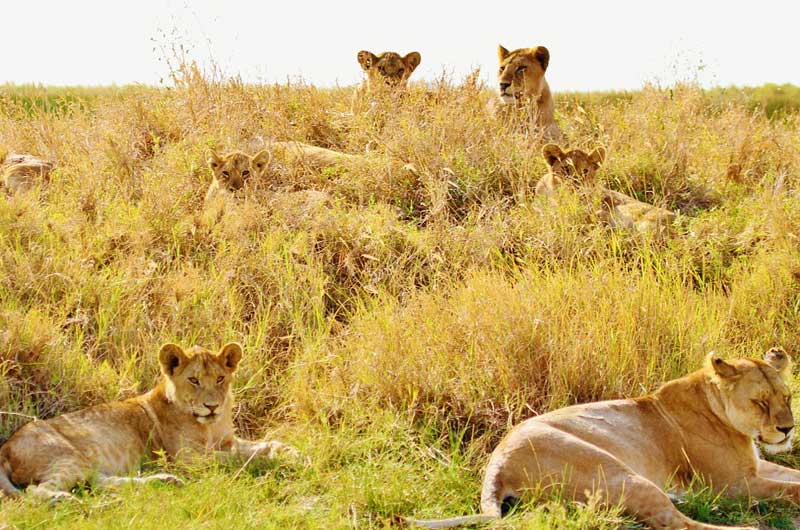
Predators
Founded in 2009, the Ruaha Carnivore Project is a much-commended programme dedicated to protecting the park’s bountiful population of large carnivores.
Ruaha has a proud reputation as a conservation unit with roughly 10% of the world’s lion population residing in the greater Ruaha landscape. Prides of over 20 lions are regularly spotted, making the lions the undisputed kings of the park.
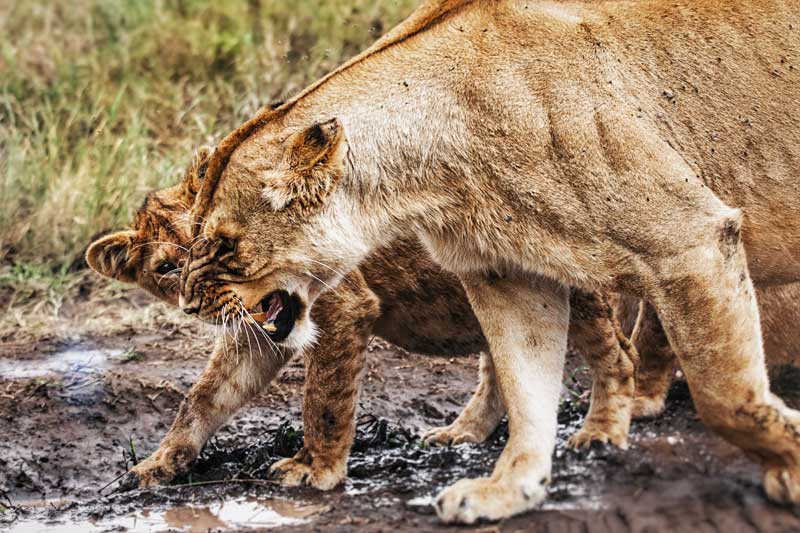
The Ruaha National Park is also home to the third-largest remaining group of critically endangered African wild dogs, with around 100 reported in the area.
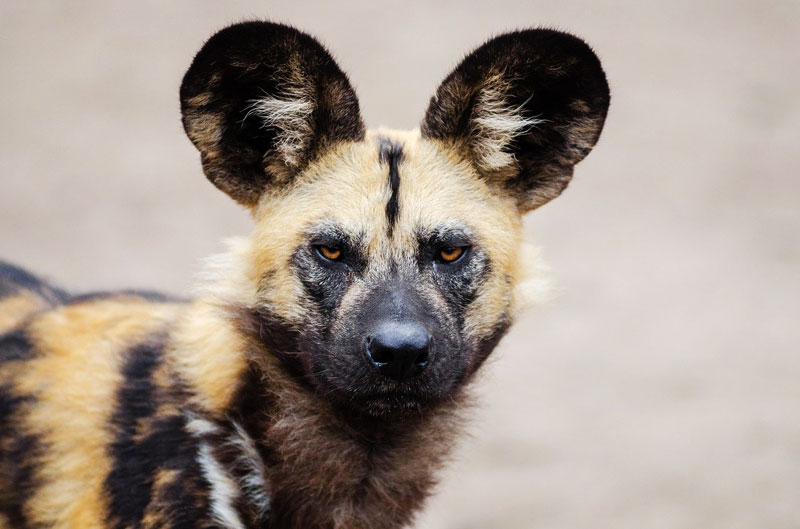
One of the four remaining cheetah populations in East Africa also calls Ruaha home as well as a host of hyenas, jackals and leopards.
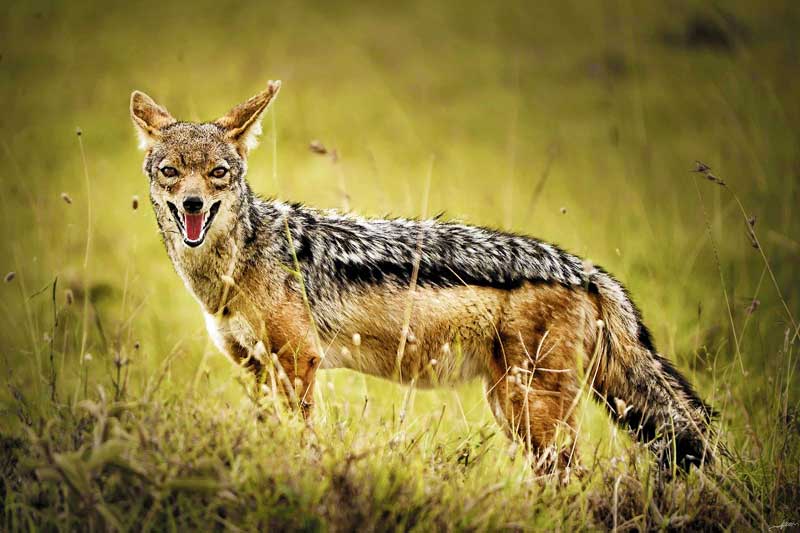
Other Animal Sightings
While the big predators are a major drawcard for visitors, the Ruaha region also boasts a vast and varied array of antelope. Both the lesser and greater kudu can be found here as well as some of the more unusual and lesser spotted species such as Roan and sable.
Over 500 different species of birds also call the reserve home. Although the rains scatter the herds and larger predators, the birds revel in the verdant foliage and blooming wildflowers of the park in the wet season.
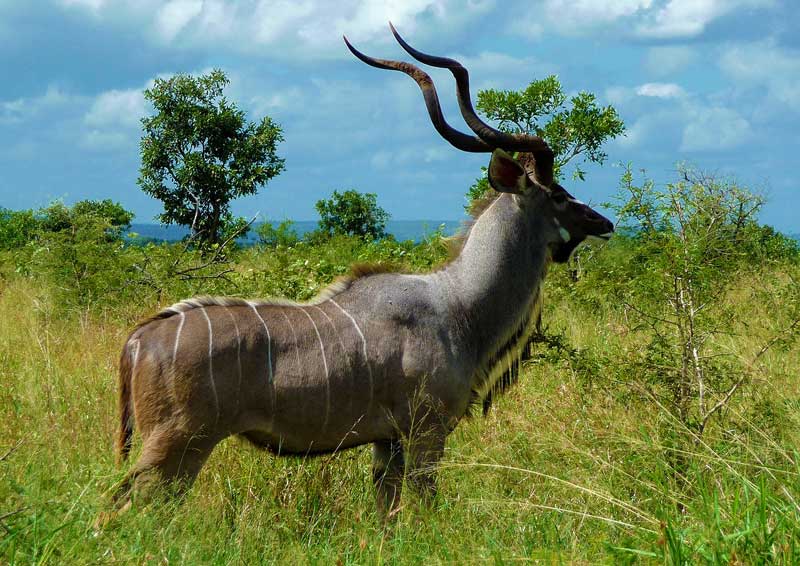

Plan your Safari experience
Check out these amazing deals on epic safari experiences now.
My Final Thoughts
And that's a wrap on my best insights for Ruaha National Park! I hope your next adventure begins and ends in Southern Tanzania's most prolific wildlife kingdom.

